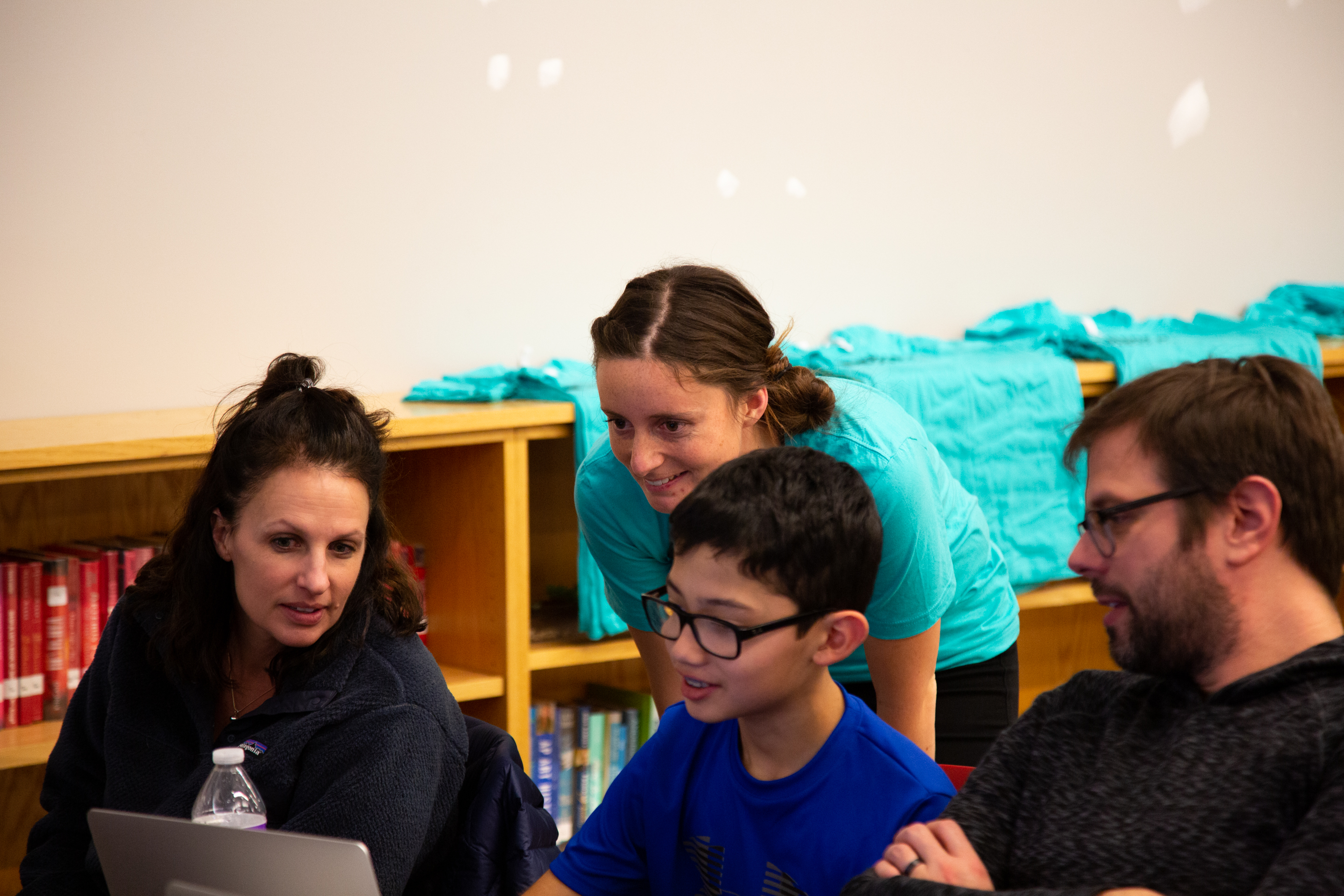
When was the last time a completely new subject was added to K-12 education? The Utah CS Master Plan, released this past fall, is groundbreaking and uncharted territory within state education.
The state has created the Full Four-Year Grant to help LEAs receive the funding to make this transition possible. But, with the competitive nature of the grant, you may be wondering how you can set yourself apart and present a strong, complete plan?
We want to share what other educators are doing throughout the state in preparation for their grant applications and large scale computer science implementation. In order for this initiative to be a success, collaboration from educators and partners everywhere is essential. Sharing solutions, challenges, questions, and findings will advance computer science education's progress everywhere.
Elementary Computer Science Implementation
In the elementary space, incorporating more subject material onto the already full plates of K-5 teachers appears daunting. The idea of training all current and future elementary teachers to teach coding can seem like an insurmountable task.
But it can be done!
Schools throughout the state are training their paraprofessional teachers to become computer science leads at their site. These new leads are incorporating grade-level lesson plans into their technology or science classes. Then, they're helping homeroom teachers incorporate cross-curricular activities based on the topics students are learning in their speciality classes.
In the K-2 space, students have computer science lessons one to two times a month, and for grades 3-5, they have them three to four times a month. This scaffolded approach means that all elementary teachers don't need to be trained and it also creates equity in the computer science education that each student receives.
Block-Based Code vs Text-Based Code

As you prepare for your grant application by creating a K-12 alignment and pathway for your students to build upon, you need to ask yourself when students will start coding and when they will make the shift from one block-based code to text-based.
For beginners, block-based models are a great starting point, particularly for younger students. It's a fantastic way to help develop the logic required in computational thinking. It is simple, interactive, and works as a great tool to get students interested in coding.
However, block-based coding does have its limitations. We suggest that K-2 students be introduced to coding through block-based coding platforms. Once students hit third or fourth grade, don't be afraid to have them make the jump to syntax-based coding. This transition can be made easier by starting with a simple and very visual language like HTML.
As they learn to keyboard, help them to do coding exercises as practice. Moving them to text sooner keeps students progressing in their knowledge and prevents them from turning block-based coding into a learning crutch. If students rely on block-based coding for too long, they often become frustrated and discouraged when they make the shift to text-based coding.
Set Yourself up for Long Term Success
In every subject, there is progression and scaffolding to the pedagogy of the student's learning. Students must learn addition before multiplication, and learn pre-algebra before algebra to be successful. This same approach is necessary when creating a K-12 computer science alignment.
Right now, some students are getting consistent exposure to computer science, while others are not getting any. The purpose of this grant is to create consistency and equity across the board, so that every student is getting the same opportunities.
A number of the schools are developing K-12 pathways within their alignment, such as Web Development and Software Development. This allows administrators and counselors to share with parents the end results and opportunities their students have with these new offerings. Addressing this portion of the grant narrative by developing a pathway creation really strengthens your proposal.
This is also a key aspect to creating accessibility so that underserved populations are not left behind. With computer science as a part of your core curriculum, you ensure that every student will have access to these educational opportunities, regardless of demographics.
Get The Community Involved

One way to get both parents and students involved and excited about your computer science education plan is to involve them on a community level. Schools and districts have been hosting Community Code Nights, allowing families from the community to come and learn together, as well as interact with industry professionals volunteering and mentoring at the event.
Connecting to professionals outside of these Community Code Nights can also be a great way to involve the community. If you're not sure where to start, Skill Struck has a free video library featuring stories from successful people in varying career paths, explaining how they got where they are today and how technology has impacted them. Sharing these videos with students can help them gain confidence in what they can achieve and show the value of technology in every industry.
Conclusion
As you prepare to submit your application for the Full Four-Year Grant, it's easy to feel overwhelmed by the idea of adding a new subject to your curriculum, but there are endless tools to make this transition easier. The Skill Struck Voyage platform simplifies the process of implementing a K-12 computer science curriculum for educators by providing interactive coding instruction, lesson plans for teachers, and checkpoints to measure student progress.
By utilizing a program like Voyage and keeping the aforementioned ideas and strategies from other educators in mind, you can confidently move forward with your grant application and plan for computer science instruction.
Leave Your Comment Here